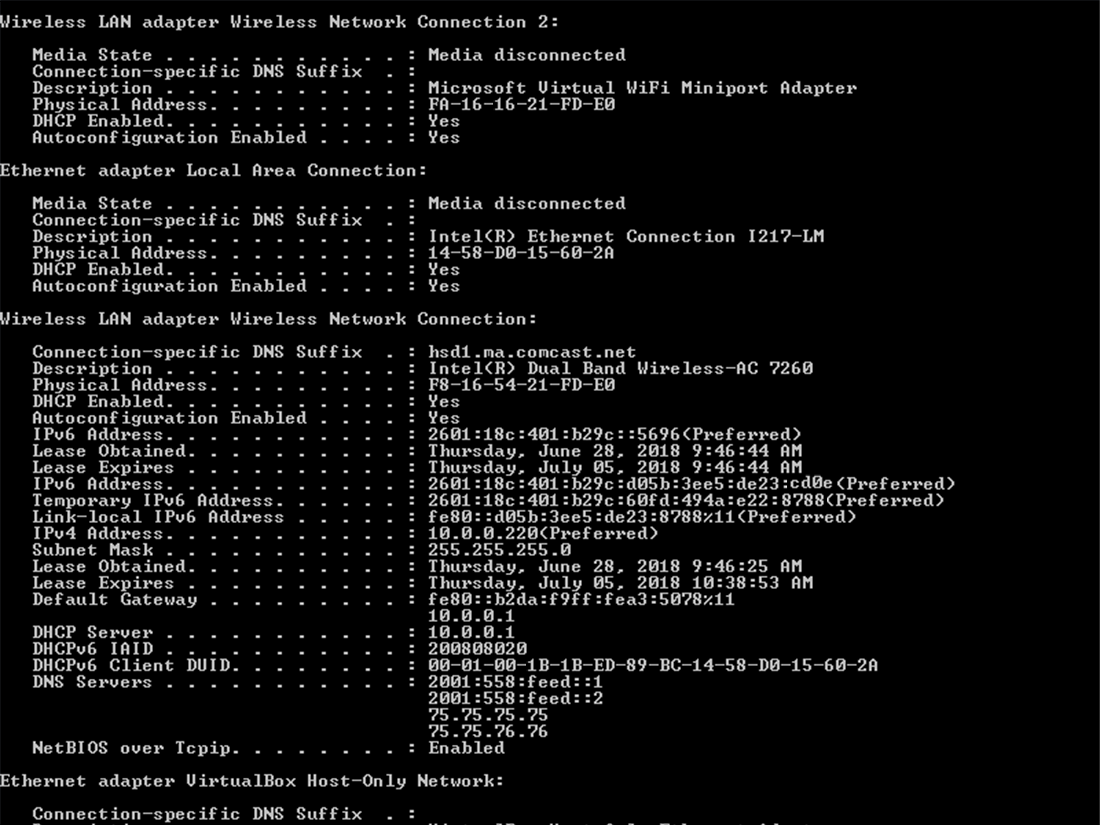FINDING YOUR COPIER’S “IP” ADDRESS
Your copier/MFP/scanner may have a screen that displays the “IP.” Most users have never tried to find it so that can be awkward. There may be a counter (meter) report that includes the IP address, and this is usually easy to access and print if you provide meter readings to your service company.
But, you can also find your copier’s IP right on your PC. To do this you want to open the “Printers Window” or folder, where all the printers and devices you have access to are listed. It may be a chart of icons that look sort of like printers or copiers. When you get there, RIGHT CLICK on the copier/MFP you will be scanning FROM. It may or may not be your default printer – doesn’t matter.
When you right-clicked you got a “pop-up” menu in which the 4th or 5th item down is called “Printer Properties.” If you are looking at Windows 7, or later versions, there may be a second item at the bottom of the menu that says, simply, “Properties.” That one won’t help you; be sure it says Printer Properties. Click on that one with a normal click. (If you are on Windows XP, there is only the “Properties” item at the bottom – click on that for XP.)
As you can see to the right, there is a new “dialog” window that has tabs across the top and one of them (3rd from left) is “PORTS.” Normal-click that tab.
There are probably several “ports,” including “LPT1” and others, plus one or more “IP” ports and “USB” ports. Unfortunately, the list of ports is in a small window, but there is a scroll-bar on the bottom to pan left and right.
There is an up/down scroll bar on the right, as well, IF you have lots of ports. Scroll down until you see the NAME of the machine you want on the right side of the window area. The PORT information is on the left-most segment of this line.
You won’t be able to see it right away because Windows politely covers it up with the left-right scroll bar. Scroll down one more line so that it’s fully visible.
Now, place your mouse curser on the faint gray divider between the “Ports” column and the “Description” column: it will change into a double arrow. “Drag” the line toward “Description” and the “Ports” column will widen to where you can see the whole IP address, OR you may see a string of letters and numbers that comprise the NETWORK NAME of the copier/scanner. If it is an IP address you will see 4 groups of up to 3 numbers each, separated by “dots,” which is to say, periods. Write down the IP or the string of mixed characters (which may actually spell something). It is that set of numbers and dots or the name string that is the identity of the COPIER (port) by which the copier/scanner can communicate to computers on the network, including yours.

